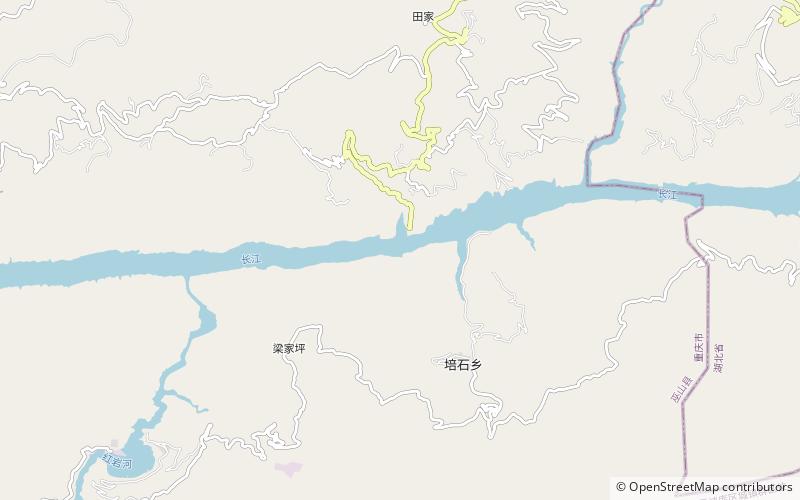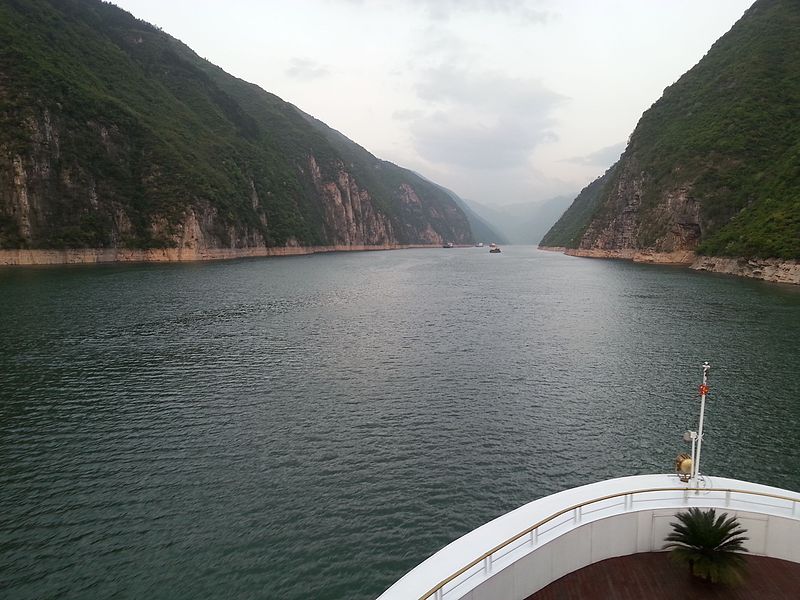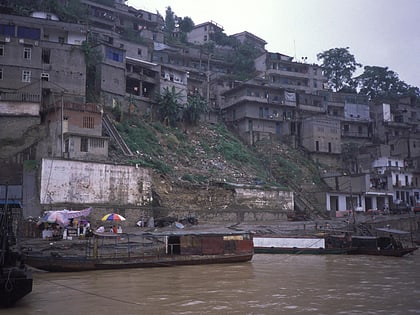Wu Gorge, Chongqing


Facts and practical information
Nestled within the rugged landscape of Chongqing, China, the Wu Gorge stands as a testament to the natural beauty and geological wonder of the region. Known as one of the Three Gorges of the Yangtze River, this canyon is renowned for its serene elegance and the mystical atmosphere that pervades its mist-shrouded peaks.
Stretching over 45 kilometers, Wu Gorge is the second of the famed trio, flanked by the Qutang Gorge to the west and the Xiling Gorge to the east. It is characterized by its forest-clad mountains, sheer cliffs, and deep, meandering valleys. Wu Gorge is particularly famous for its Twelve Peaks, a series of limestone summits that are the subject of many ancient Chinese poems and paintings. Among these, the most celebrated is the Shennu Peak, or Goddess Peak, which towers above the river and is often veiled in a delicate mist, adding to its ethereal beauty.
Visitors to Wu Gorge are treated to a spectacle of natural splendor. The river passage itself is tranquil, with the emerald waters of the Yangtze flowing gently through the canyon. The gorge's unique topography creates a microclimate that nurtures a rich biodiversity, including numerous endemic plant species and a habitat for rare animals. This ecological significance adds another layer of allure to the gorge.
The Wu Gorge area is accessible to tourists year-round and can be explored via a river cruise, offering an unrivaled vantage point from which to admire the grandeur of the landscape. These cruises provide not only panoramic views of the gorge but also an opportunity to delve into the cultural heritage of the region, with stops at local temples and historic sites.
The canyon also plays a pivotal role in the local economy and cultural identity. It is an integral part of the hydroelectric power generation facilitated by the Three Gorges Dam, highlighting the balance between nature and modern development.
Chongqing
